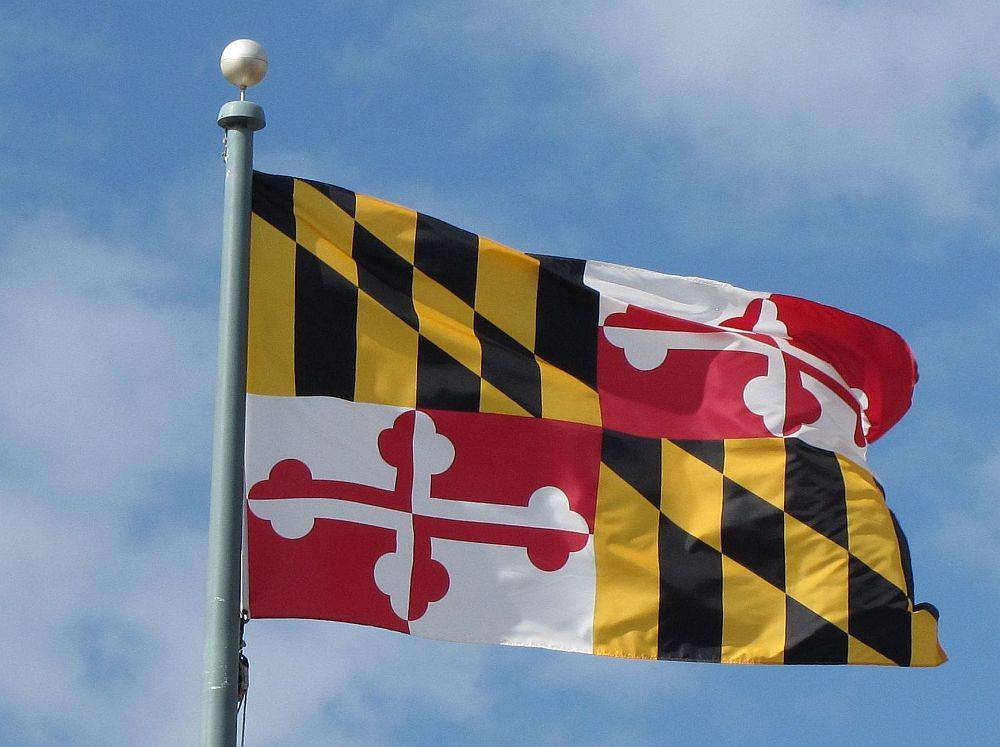 The highest court in the state of Maryland has cleared the way for voters this fall to determine the fate of a 2011 law allowing certain children of undocumented immigrants to pay in-state tuition at Maryland universities. Maryland is among a dozen states to have passed such a law, according to the National Conference of State Legislatures.
The highest court in the state of Maryland has cleared the way for voters this fall to determine the fate of a 2011 law allowing certain children of undocumented immigrants to pay in-state tuition at Maryland universities. Maryland is among a dozen states to have passed such a law, according to the National Conference of State Legislatures.
In a brief order released Wednesday, the state Court of Appeals, the state’s highest court, upheld a ruling by a lower court judge that a voter referendum on the law be allowed to appear on the November ballot. The law remains suspended until the public votes on the measure.
Lawyers for the immigrant rights organization CASA de Maryland had unsuccessfully tried to convince the state supreme court’s seven-judge panel that the law was an appropriations bill as it dealt with tuition rates. Under Maryland’s constitution, bills dealing with expenditures and budget cannot be put to a public vote.
Dubbed Maryland’s DREAM Act and supported by Democratic Gov. Martin O’Malley, bill SB-167 allows students who have attended high school in the state for at least three years, graduated with a diploma, and whose parents or legal guardians have filed state income taxes throughout the student’s high school years, to qualify for in-state tuition rates at community colleges and public universities. In-state tuition rates at Maryland universities for the 2011-2012 school year are about $8,655, compared to $26,026 for out-of-state residents.
Under the law, students must enroll at a community college within four years of graduation, and apply to state universities only after completing their associate’s degree or 60 credits from a community college.
“This law is primarily intended to help children of immigrants who were brought to the U.S. by their parents at a very young age and who have worked hard throughout their academic careers with hope of going to college to further contribute to this country which they call home,” CASA says on its website.
Only an estimated 135 students in the state would qualify under the legislation at this time, making it unlikely to adversely impact state schools, argues CASA. Moreover, CASA points out, the law does not make such students eligible for scholarships or student loans. Critics of the law maintain that DREAM Act students would displace students who bring in the highest revenue, like foreign and out-of-state residents, and would force taxpayers to subsidize their attendance.
After the legislation’s passage last year,. Del. Neil Parrot(R)started a petition that garnered tens of thousands of signatures above the 55,736 required to trigger a voter referendum. CASA de Maryland and some students promptly sued in an effort to avert a public vote. In February, an Anne Arundel County Circuit judge ruled that the referendum be allowed to proceed, and on Wednesday, the state Court of Appeals agreed.
Public opinion on the law appears divided in Maryland, making the outcome of a November referendum uncertain. In January, the survey firm Gonzales Research polled 808 Marylanders who vote regularly: 48 percent agreed that in-state tuition should be granted to students who qualified under the law, while 49 percent disagreed. The poll had a margin of error of 3.5 percent.
In what could be bad news for supporters, however, the strength of opposition to the law appeared to outweigh strong approval. Thirty-seven percent of regular voters “strongly disagreed” with the law, compared to only 21 percent who “strongly agreed.”
Photo from DC About.com Guide

Undocumented immigrants? Must be immigrants who have lost their documentation. Easy to replace, just contact ICE. Or is the writer really referring to taxpayer-subsidized illegal aliens who shouldn’t even be in USA?